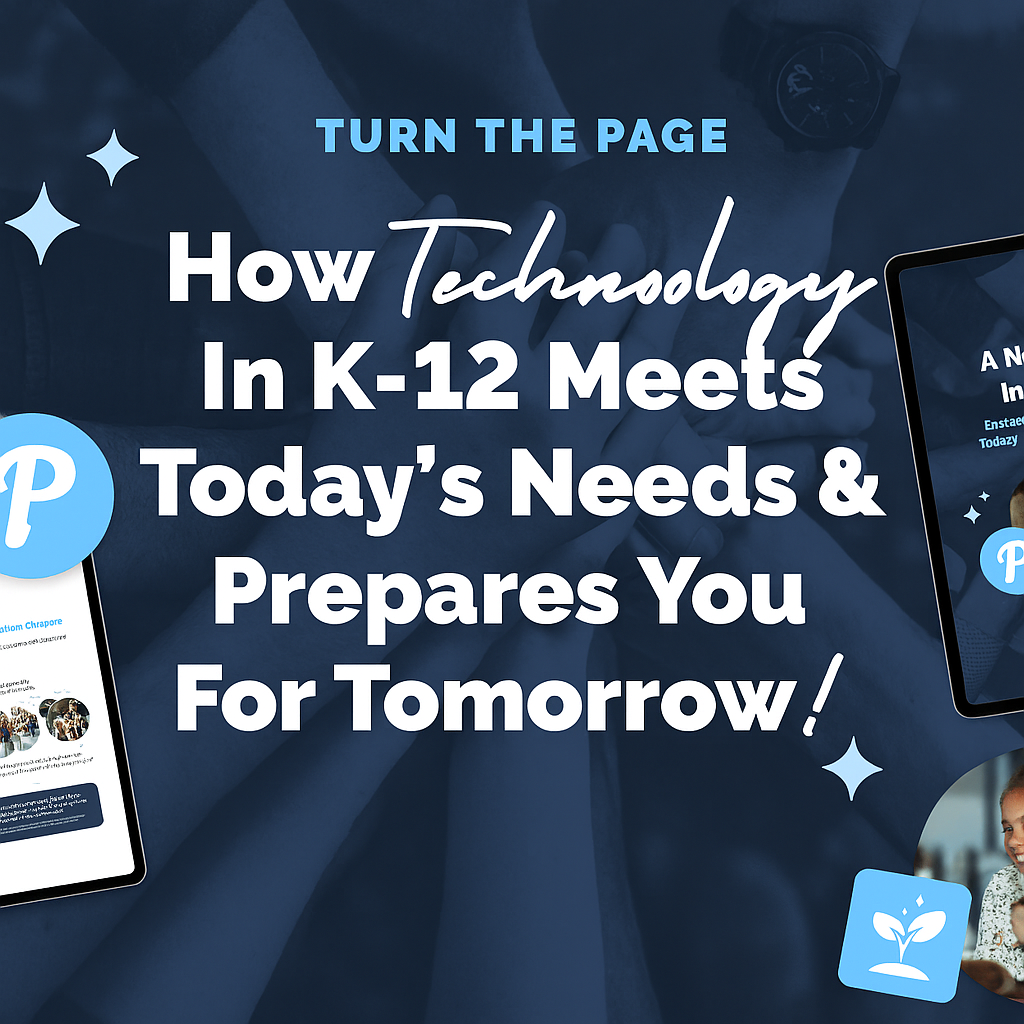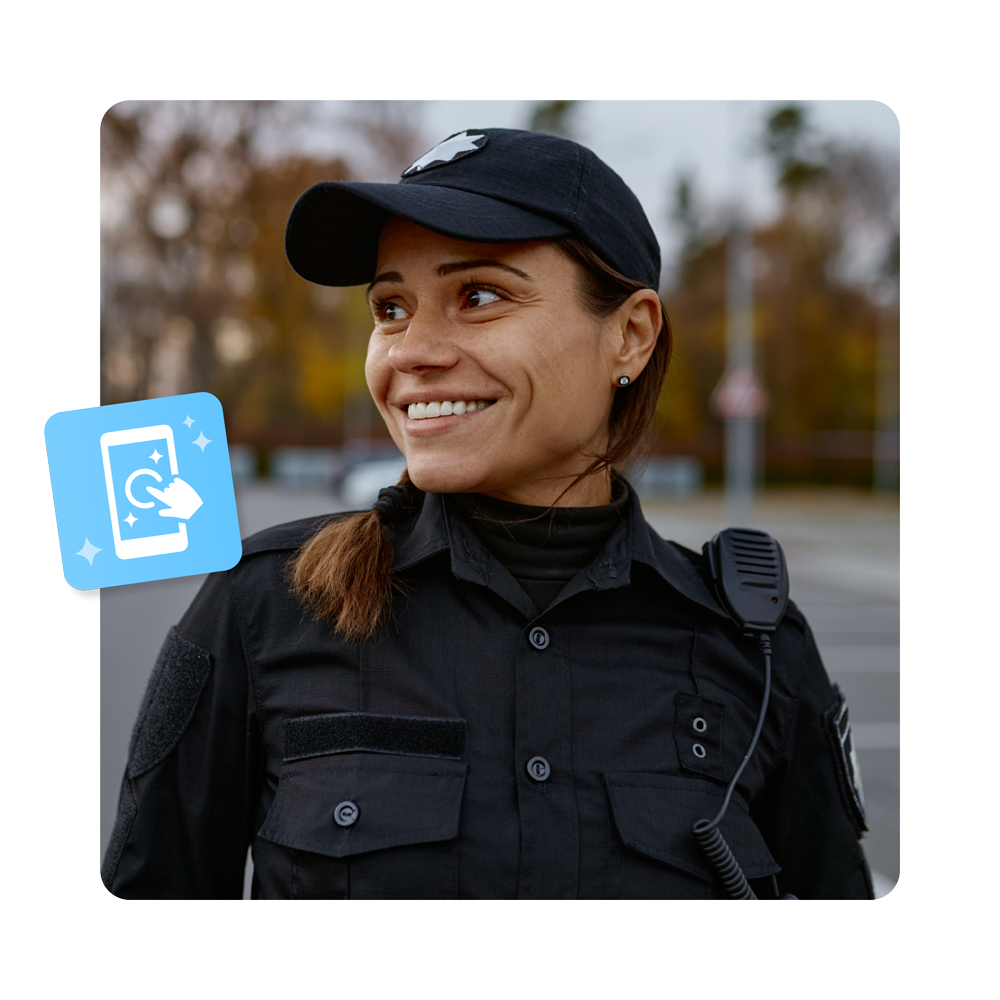Why Now Is the Right Time to Rethink School Operations
At Pikmykid, we spend a lot of time listening — to school leaders, teachers, parents, and even students. What we keep hearing is clear: education is changing — fast. Expectations are higher, and the stakes feel more urgent than ever. Over the past decade, classrooms have become more connected and more complex. Students arrive with greater expectations for technology and meaningful learning. Parents demand transparency and flexibility in how their children’s school experience is managed and communicated. Teachers and administrators juggle unprecedented responsibilities, from differentiated instruction to campus safety to family engagement.
These shifts leave many school leaders asking: where do we go from here? How do we meet today’s demands while preparing for tomorrow’s possibilities? We believe this is a moment of opportunity, not just pressure. Schools everywhere are standing at the edge of a page — ready to write the next chapter in their story. This post is designed to spark reflection and conversation about what comes next for your school, so you can plan your next chapter with clarity and confidence.
The Changing Expectations of Students, Families, and Staff
When we talk with educators about what success looks like today, the same themes surface again and again: engaged, curious students; empowered, confident teachers; strong connections with families and the community; and operations that are both efficient and safe. These goals are timeless — but achieving them today requires a fresh approach.
Students have grown up digital, and they expect schools to reflect the world they know. Nearly all U.S. teens report daily smartphone use, and more than half say they are “almost constantly” online. Technology is their language and comfort zone. Schools that want to keep students engaged and prepare them for the future can’t keep telling the same story. They must adapt to today’s realities while anticipating what’s ahead.
We’ve also seen parents become more invested in school life, expecting real-time updates and accessible communication. Meanwhile, teachers face growing demands: larger classes, more diverse learners, and increasing administrative and safety responsibilities. The good news is that these pressures have created openings for innovation. Schools that embrace change, listen to feedback, and use technology strategically are finding success — and proving that technology can be an ally, not an obstacle.
Building Flexible Foundations Without Losing Focus
One of the biggest lessons in recent years has been the importance of flexibility. Schools have shifted between remote, hybrid, and in-person learning, and many now blend elements of all three into a future-ready model. Parents are noticing — and appreciating — schools that can adapt without falling into chaos.
How integrated technology helps schools stay nimble
Flexibility needs structure to succeed. That’s why more schools are investing in scalable, integrated platforms that grow with them. Rather than patching together disconnected tools, forward-thinking schools take a holistic view, choosing solutions that build confidence and save resources over time.
We’ve heard stories of schools using integrated platforms to coordinate dismissal, track hall passes, and communicate with families — all while maintaining consistency during weather events or emergencies.
Avoiding the pitfalls of piecemeal solutions
While adding apps or tools one at a time can feel easier, it often leads to confusion, wasted resources, and added frustration for staff and families. Schools that plan intentionally and invest in scalable, adaptable platforms write more resilient stories.
Putting People First in Your Technology Journey
At the heart of every school’s story are its people. Technology only works when teachers, staff, and students feel supported, engaged, and equipped to use it meaningfully. Too often, new tools are rolled out without enough input from those who use them daily.
What teachers and students really want from EdTech
Some of the most effective school leaders we know begin by listening. They ask teachers what slows them down and what helps them connect. They invite students to share what makes learning feel personal and meaningful. These conversations reveal needs and opportunities that no platform can uncover on its own.
Why empowerment beats replacement every time
When used thoughtfully, technology can help create more personalized, interactive learning experiences — and it can empower teachers to focus on what they do best. In classrooms where technology supports personalized learning, studies have shown measurable gains for students and renewed confidence among teachers. What we’ve learned from listening is this: technology doesn’t replace great teachers — it helps them tell a better story.
Looking Ahead: Staying Open to What’s Next
We’re often asked: What’s next? How can we prepare? Our advice is simple: stay curious, stay open, and keep learning. The story of education is always evolving, and you don’t need all the answers to turn the page — just a willingness to start the conversation.
Emerging trends that could shape your school’s story
Innovations like artificial intelligence, immersive learning tools, and emotional wellness platforms are already reshaping education. But these aren’t just boxes to check. They’re opportunities to ask: what could these help our school do better?
Choosing what matters most for your students
Not every trend will be right for every school — and that’s okay. The most important thing is to stay aligned with your students’ needs and your school’s mission, making choices that reflect your values and priorities.
Smart Questions That Guide Better Decisions
Schools that make smart technology decisions don’t always have all the answers — but they do know the right questions to ask. They reflect on how a solution aligns with their mission, whether it helps all students succeed, whether it’s sustainable for their staff and budget, and how success will be defined and measured.
Thoughtful planning lays the groundwork for a chapter your school community can be proud of. And by keeping people — not platforms — at the center of your story, you build trust and engagement that lasts.
Real Schools, Real Results: Inspiration From the Field
We’re inspired by schools who have leaned into change and seen meaningful results. We’ve seen schools reduce dismissal chaos, improve emergency communication, and increase student accountability — proving that even small, intentional changes can make a big impact.
These stories remind us: the next chapter is yours to write, and you don’t have to write it alone.
Trust: The Most Valuable Outcome of Thoughtful Technology
When we talk with school leaders, one word comes up again and again: trust. Trust keeps parents confident, teachers committed, and students engaged. Technology can help build that trust — but only when implemented thoughtfully and transparently, with people at the center of every decision.
When trust becomes part of your story, everything else — engagement, achievement, and even community support — becomes easier to sustain.
Your School, Your Story — Ready to Begin?
No two schools have the same story. But the schools that keep listening, asking questions, and embracing change with curiosity are the ones writing the best next chapters. You don’t have to overhaul everything overnight. You just have to be willing to turn the page — one conversation, one decision, one improvement at a time.
When you’re ready, we’d love to help you explore what comes next.



